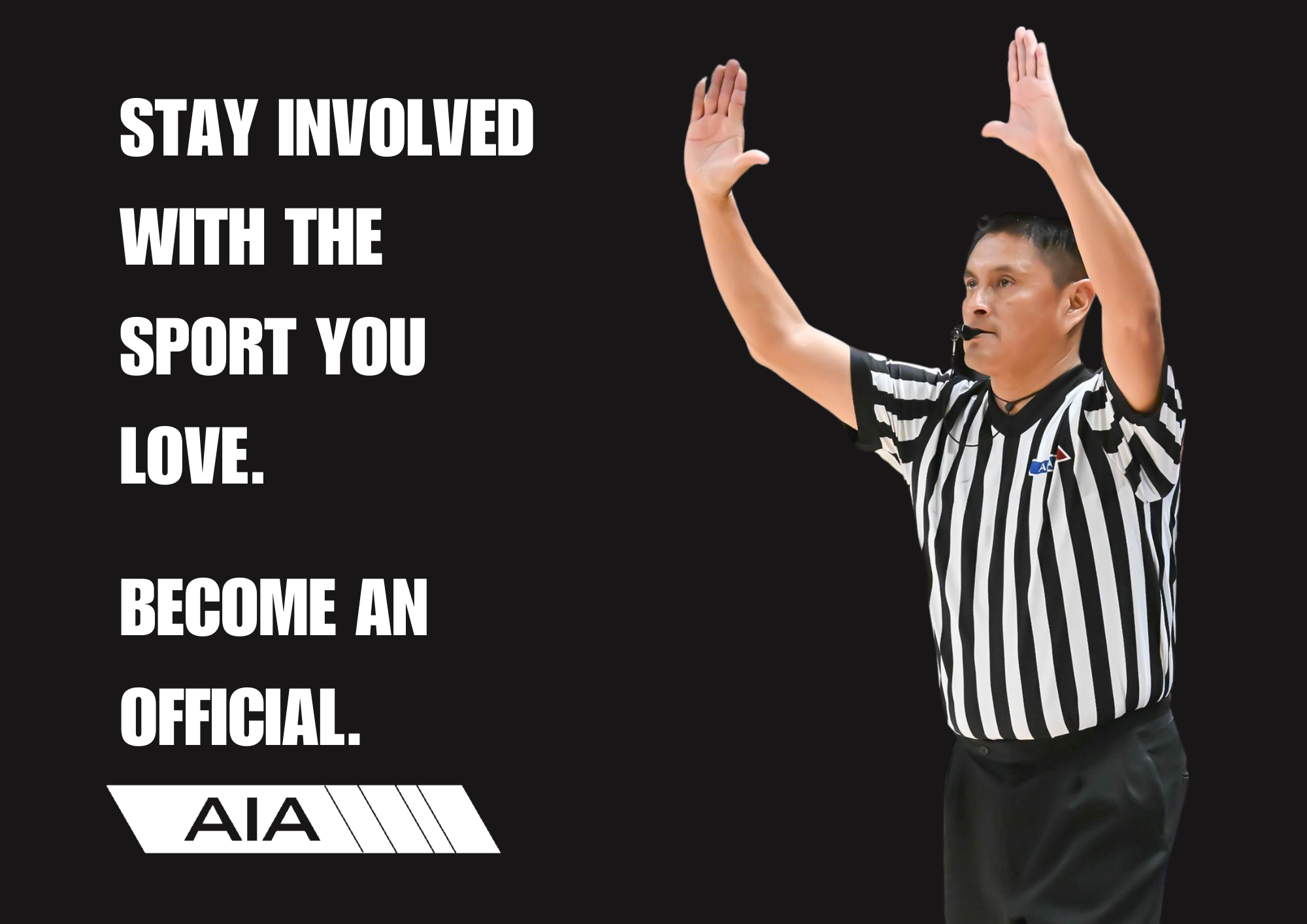Heads Up
November 30, 2017 by Logan Huff, Arizona State University
Goodyear, AZ — People have watched it for years. A player hits the ground with a hard blow. The athlete stays down on the field. Both teams take a knee as trainers rush to the injured player. After a while, the athlete gingerly walks, sometimes wobbles, off the field.
After years of watching athletes “shake it off” after getting their “bell rung,” people are more concerned about the impact contact sports have on the brain.
Just 10 to 15 years ago, concussions were brushed off as just another injury to play through. Nowadays, society is turning its head and paying more attention.
“Back in the day they would just say to rub a little dirt on it, be tough and go back in there,” JD Burgess, athletic trainer at Millennium High School said. “Even 10 years ago, the way concussions were treated are totally different than the way they are treated now.”
The main focus to avoiding brain injury has evolved to developing effective sports-related concussion measures and increasing knowledge of the subject.
There is a large misconception of how concussions occur. Most people relate concussions to head collisions. Burgess said concussions can also happen from impactful falls or quick movements.
The way an athlete knows if they have sustained a concussion is by paying attention to symptoms. Some symptoms include headaches, dizziness, nausea, fatigue and confusion.
“It can be different for everybody,” Roger Darrow, athletic trainer at Estrella Foothills High School, said. “Some people don’t notice it until they’re not playing and the adrenaline has stopped.”
High schools have started to take measures by enhancing student’s knowledge on concussions, altering technique in football and implementing protocols.
“We try to educate all of our athletes on the signs and symptoms of a concussion,” Burgess said. “In order to do this, every athlete has to take a test called ‘Brainbook’ on the AIA website.”
‘Brainbook’ is an online concussion education course. It is a program that student-athletes are required to complete prior to participating in practice or competition. This requirement was proposed to ensure that all athletes are aware of what concussion symptoms look and feel like.
Before an athlete is allowed to compete, they are also required to take an impact test. This test provides an athlete’s baseline results. With this test, a specialist can see how the brain should function regularly.
“If you’re looking at someone’s reaction time, it’s best to try to test that prior to them being injured,” Bryce Nalepa, athletic training coordinator at Banner Health said. “Whenever they do get injured, we know what we need to get them back to, based on what is normal for them.”
When an athlete sustains a concussion, they are required to sit out of activity until no symptoms are present. When there are no symptoms, they can begin the return-to-play protocol.
The return-to-play protocol is a series of five tests and trials to examine the condition of the athlete.
The first step is retaking the impact test as part of the protocol. This allows the athletic trainer and coaches to compare the athlete’s results after the injury to the initial baseline test results.
“In order to progress to the next step, they have to zero symptoms appear during the test and also for the next 24 hours after the test,” Darrow said.
The next steps include the athlete performing different forms activity in order to elevate their heart rate. They are not permitted to participate in the following steps until they have no symptoms present and the athlete produces the same results as they did before participating in their sport.
If the athlete is not back at the baseline results, the athletic department waits two to three days before retesting the athlete.
After the athlete passes their post-injury impact test, they can move onto the second step to the protocol.
At Estrella Foothills, Darrow said the five-day protocol has a specific order. After passing the impact test, the second step involves riding a stationary bike for 20 minutes at a steady pace. The next step is riding the bike for 20 minutes at an interval, allowing the athlete’s heartrate to fluctuate again.
After passing the stationary bike tests, the athlete can participate in a conditioning practice/weight training session. The next step is a non-contact practice and the last step in a normal practice.
“Concussions are an injury we don’t mess around with because we know sustaining a second concussion can be very traumatic,” Darrow said.
These protocols are implemented in order to prevent a secondary impact. The secondary impact syndrome is when an athlete sustains a second concussion before the first one heals.
Secondary impact syndrome can cause the brain to swell and leave the brain vulnerable to a worse injury.
“It is 100 percent about education,” Burgess said. “The more they know, the better it is. If it’s not treated properly, they chance of getting another are about the same or even worse.”
Before 2010, the concussion rule in football was if an athlete was “unconscious or apparently unconscious,” officials were directed to remove the athlete. This rule also said if the athlete receives a doctor’s note, they can return to play.
Since then, the National Federation of State High School Associations (NFHS) Football Rules Committee approved a new rule.
This rule states that any player who shows symptoms or signs of a concussion must be removed from play. The player cannot return to play until they are cleared by a professional.
“We can even send their results to Banner to clear it,” Burgess said. “We can even get outside eyes on the situation.”
Among the new rules, some were altered to change the tackling techniques in football. Instead of smashing head to head when tackling another player, football players are taught another technique.
“We teach all of our athletes the rugby tackle,” Burgess said. “You look at rugby in other countries and wonder why we have so many more cases of concussions. Now we are teaching them to come on the side and wrap up.”
Along with teaching the athletes new tackling techniques, schools are working to provide new practice equipment in order to prevent risk of head injuries.
Millennium High School uses ‘tackling wheels’ for football. The wheels are typically made of foam and vinyl. They are used to teach athletes the new technique of wrapping someone up instead of using their head.
“We are changing from the old school smash mouth football to doing the rugby style tackle,” Burgess said. “It is a much safer tackle.”
In addition to the tackling wheels, Remigio Gordillo, athletic director at Millennium, invested in 90 new helmets for the football program last year.
“We bought helmets that were rated 5-star for safety,” Gordillo said. “As for the tackling wheels, they give us the chance to teach student athletes how to tackle appropriately and correctly. They can practice good technique without using actual contact.”
Another dynamic that changed in order to minimize the risk of injury in football covers the topic of “targeting.”
“Targeting” is defined as an act of aiming and making contact with an opponent above the shoulders with their helmet, arm, hand, fist, elbow or shoulders, according to Georgia Officials Athletics Association website. This act is now prohibited in high school football.
“We are trying to move into that and help prevent concussions when we can,” Lamar Early, Millennium head football coach said. “It limits the life contact with the players.”
Illegal contact on defenseless players, blindside blocks, pop-up kicks and other illegal personal fouls have also been prohibited in recent years, according to the National Federation of State High School Association’s website.
The NFHS has implemented specific guidelines and rules for high school coaches and athletes to follow.
In addition to implementing new rules, some high school districts are taking safety precautions to a new level.
“We do a training for all of our coaches and players about ‘Safe Football’,” Gordillo said. “‘Safe Football’ is an organization that teaches football coaches and players how to play football and make contact while limiting head impact.”
High school athletics are becoming more aware of the risk contact sports bring. They are trying to condition and teach their athletes how to avoid trauma.
“It’s important for an athlete to be well-conditioned, pay attention to the good technique and be smart about everything,” Burgess said. “People realize now how important it is to take care of their body, themselves and their brain.”
Burgess said he has seen athletes come into high school, already having four or five concussions. Younger athletes participate in Pop Warner football and sometimes don’t even realize when they have sustained a concussion.
“I’ve seen athletes that we shut down from playing because they had too many concussions,” Burgess said. “And now I see them living very rich full lives and doing well.”
Specialists in the athletic departments have to look at the risk factor and decides whether or not it is safe for the athlete to play.
“It becomes the decisions of the parent, at least with a high school athlete,” Nalepa said. “It goes to the parent and the athlete to see if they want to keep doing this. That becomes more of a personal decision rather than a medical decision.”
The effects of several concussions have shown in an athlete’s later life. People experience life-changing conditions due to the amount of injuries they sustained when they were young.
“The sad thing about it is you have to watch somebody’s life down the road before you can figure it out,” Burgess said. “There have been so many concussions that they don’t talk about or even realize they occurred.”
High school athletics around the country are beginning to pay more attention to the safety of their athletes. Rules and regulations are in the process of forming to minimize the risk of concussions.
“At the end of the day, our No. 1 priority is the safety of our student-athletes,” Gordillo said. “We are going to do everything in our power to make sure that they’re safe.”


